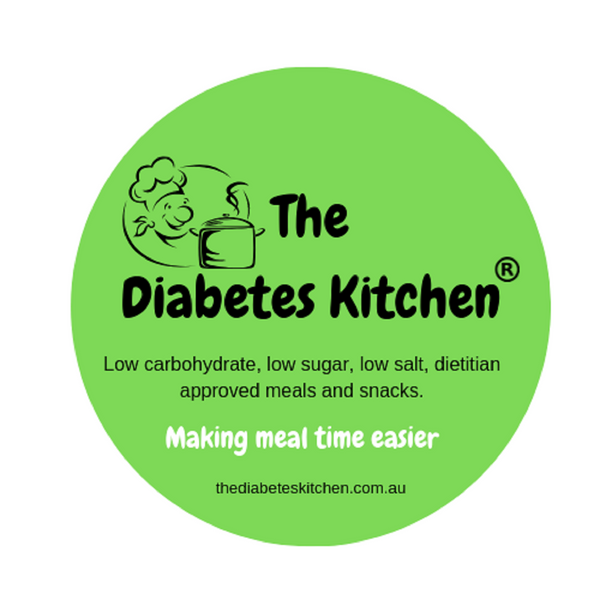(Special Mention to Gestational Diabetes)
This month Jaz from Jaz Culinary talks about diabetes. Enjoy!
More than 100,000 Australians have developed diabetes in the past year, so it’s a growing issue in Australia that needs to be addressed. It is super important to consume food that aims to reduce the growing epidemic of Type 2 Diabetes since it is a lifestyle disease that can be prevented. Lots of high fibre, heart- healthy, low GI, lean meats, healthy fats and fresh fruit and vegetables. All diets should include a widespread variety of different foods, but especially those with diabetes in order to prevent it and maintain it.
What is Diabetes?
There are three main types of diabetes, Type 1, Type 2 & Gestational diabetes. Diabetes means that your body cannot maintain healthy levels of glucose (an energy source in the form of sugars) in the blood or cannot produce insulin (Type 1 Diabetes). Type 2 Diabetes means that your body does not respond well to insulin, which accounts for 85% of all diabetes. Long term risks of diabetes if not treated can include blindness, amputations, and heart disease.
About Pre-Diabetes
Pre-diabetes is a condition in which blood sugar levels are higher than normal but not yet high enough to be diagnosed as type 2 diabetes. It's considered a warning sign that you're at risk of developing diabetes if steps aren't taken to address your lifestyle and health habits. Pre-diabetes is also referred to as impaired glucose tolerance (IGT) or impaired fasting glucose (IFG).
Key points about pre-diabetes include:
-
Blood Sugar Levels: In pre-diabetes, blood sugar levels are higher than normal but not high enough to meet the criteria for a diabetes diagnosis. Typically, pre-diabetes is diagnosed through two common tests: the fasting plasma glucose (FPG) test and the oral glucose tolerance test (OGTT).
-
Risk Factors: Several factors increase the risk of developing pre-diabetes, including being overweight or obese, having a family history of diabetes, being physically inactive, having a history of gestational diabetes, having polycystic ovary syndrome (PCOS), and being over the age of 45.
-
Progression to Diabetes: Without intervention, many people with pre-diabetes will eventually develop type 2 diabetes. However, pre-diabetes is a reversible condition, and by making certain lifestyle changes, you can lower your risk of progressing to diabetes.
-
Lifestyle Changes: Managing pre-diabetes often involves adopting healthier habits, such as:
- Losing weight if overweight or obese
- Engaging in regular physical activity
- Making healthier food choices, including managing portion sizes and reducing refined sugars and carbohydrates
- Quitting smoking if applicable
- Managing stress
-
Medical Monitoring: Individuals with pre-diabetes should have regular check-ups with a healthcare provider to monitor blood sugar levels, assess risk factors, and track progress.
-
Medications: In some cases, healthcare providers may recommend medication to manage pre-diabetes, especially if other risk factors are present.
-
Education and Support: Diabetes education and support can be beneficial for understanding the condition, learning how to manage blood sugar levels, and making sustainable lifestyle changes.
-
Preventing Type 2 Diabetes: Addressing pre-diabetes can significantly reduce the risk of developing type 2 diabetes. Studies have shown that lifestyle changes leading to weight loss and increased physical activity can delay or prevent the onset of diabetes.
It's important to note that pre-diabetes is a serious condition that requires attention and action. If you've been diagnosed with pre-diabetes or have risk factors, it's advisable to work with a healthcare provider or a registered dietitian who can help you develop a personalized plan to manage your health and reduce your risk of developing type 2 diabetes.
Facts about Diabetes:
- 280 Australians develop diabetes every day. That’s one person every five minutes!
- More than 100,000 Australians have developed diabetes in the past year
- Type 1 is an autoimmune condition; it cannot be prevented and there is no cure. The cause of type 1 diabetes is still unknown.
- Type 2 diabetes is caused by lifestyle and CAN be prevented.
- People with diabetes can have sugar! Diabetes effects blood glucose levels, so the overall assumption is that sugar cannot be eaten. But with a balanced diet, desserts and sweets can be eaten.
- Type 2 Diabetes is hereditary, so you may need to be more careful with lifestyle choices if it is in your family
Are you at risk?
Check if you are at risk with this Diabetes risk calculator from Diabetes Australia;
https://www.diabetesaustralia.com.au/risk-calculator

